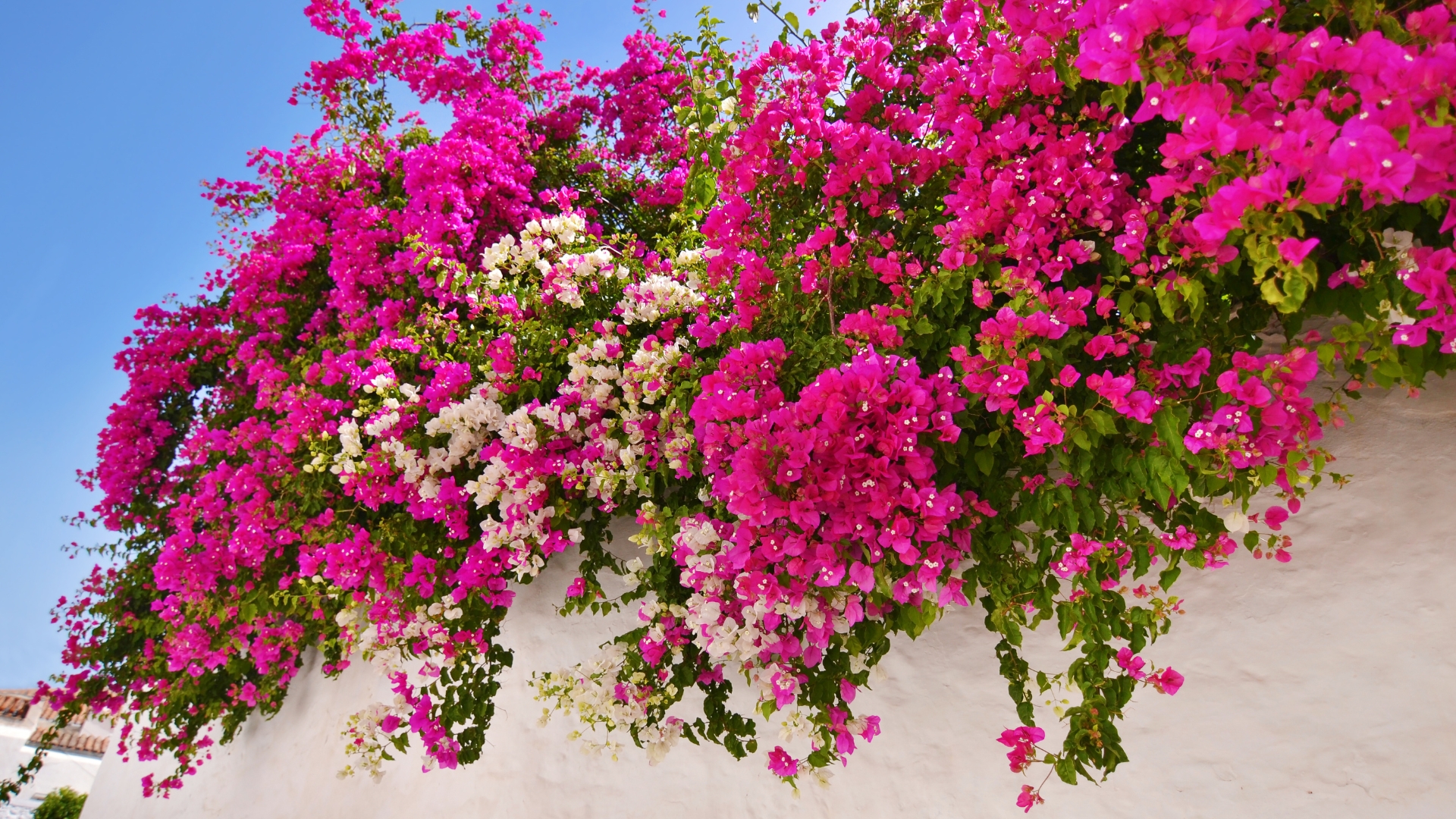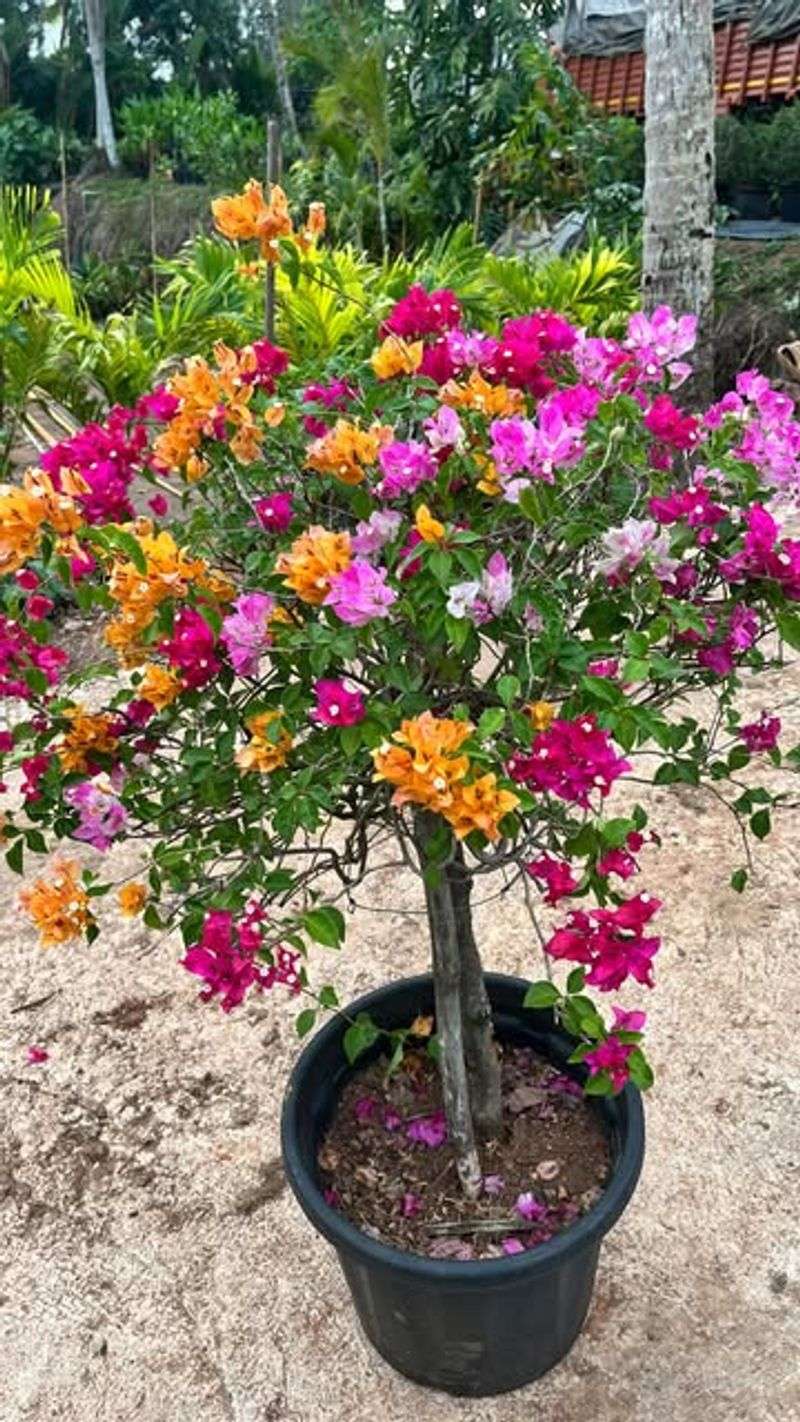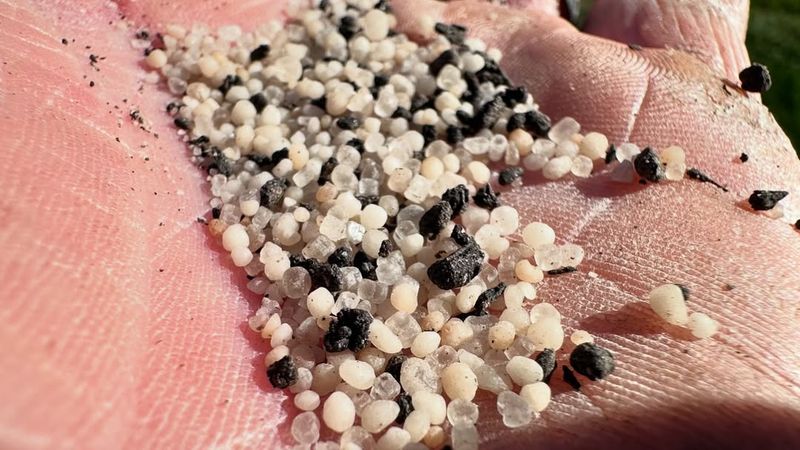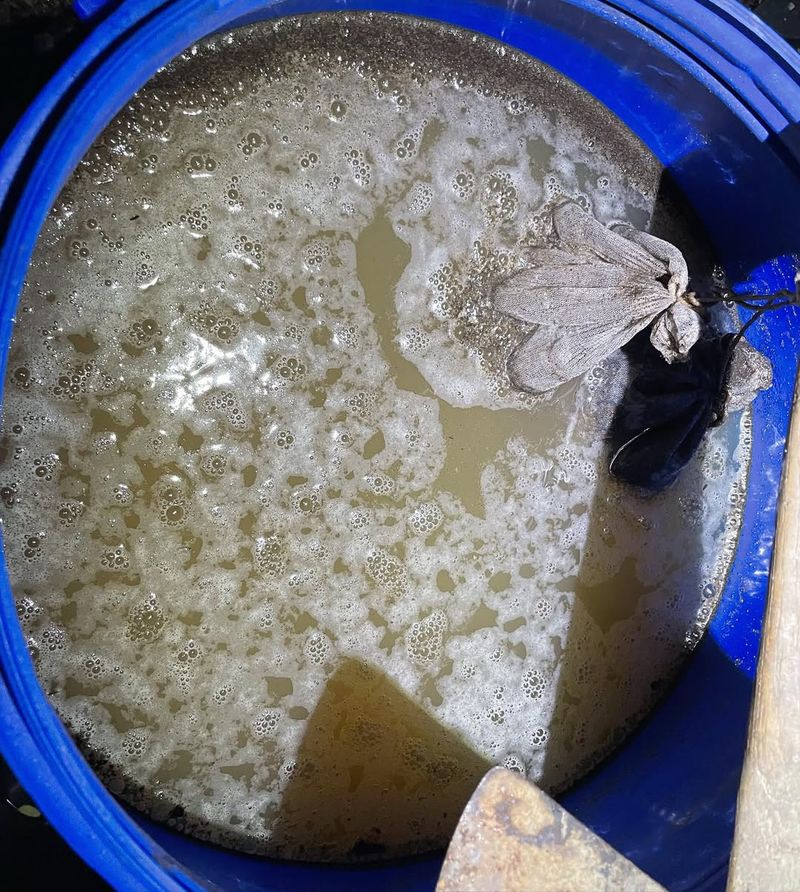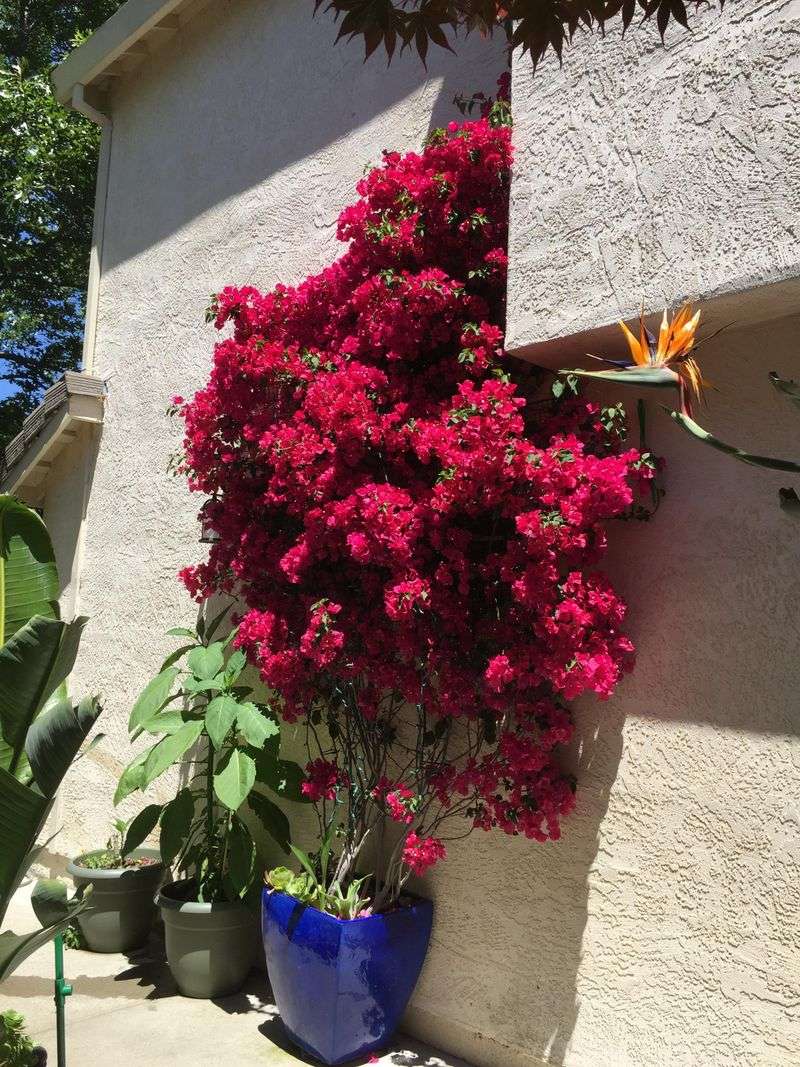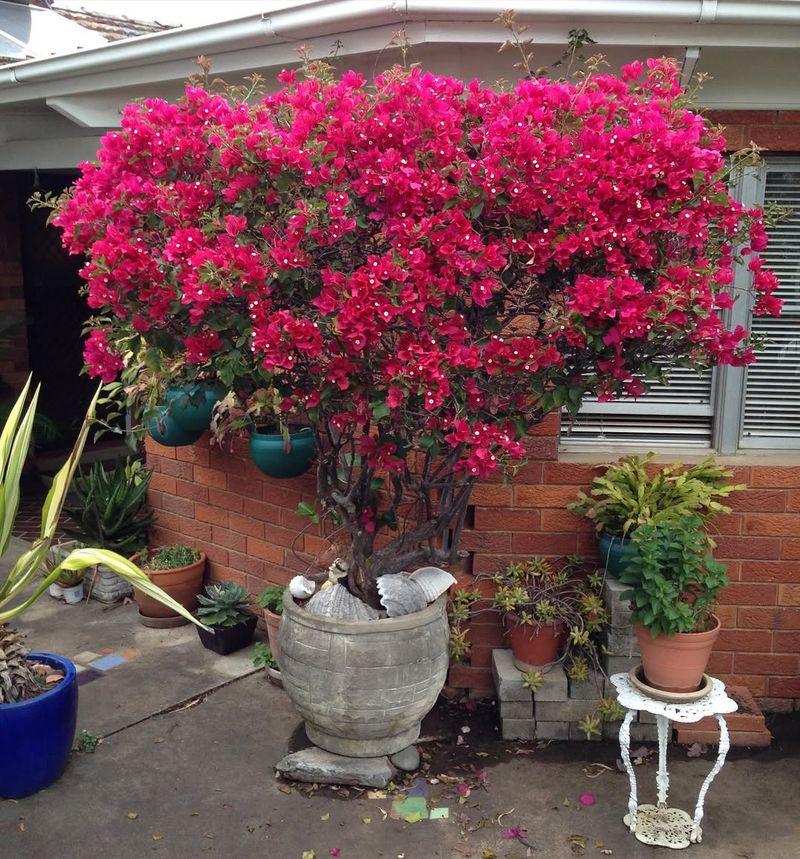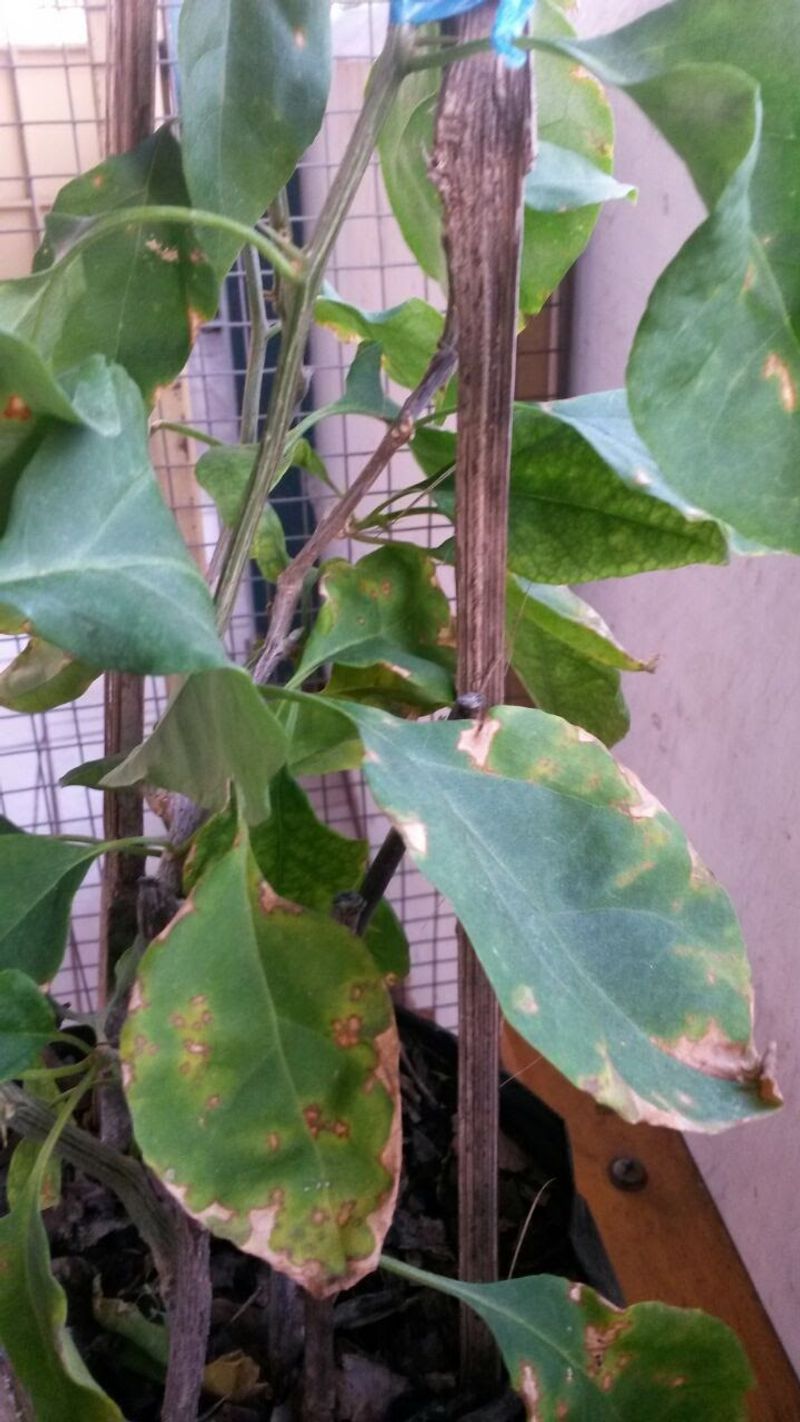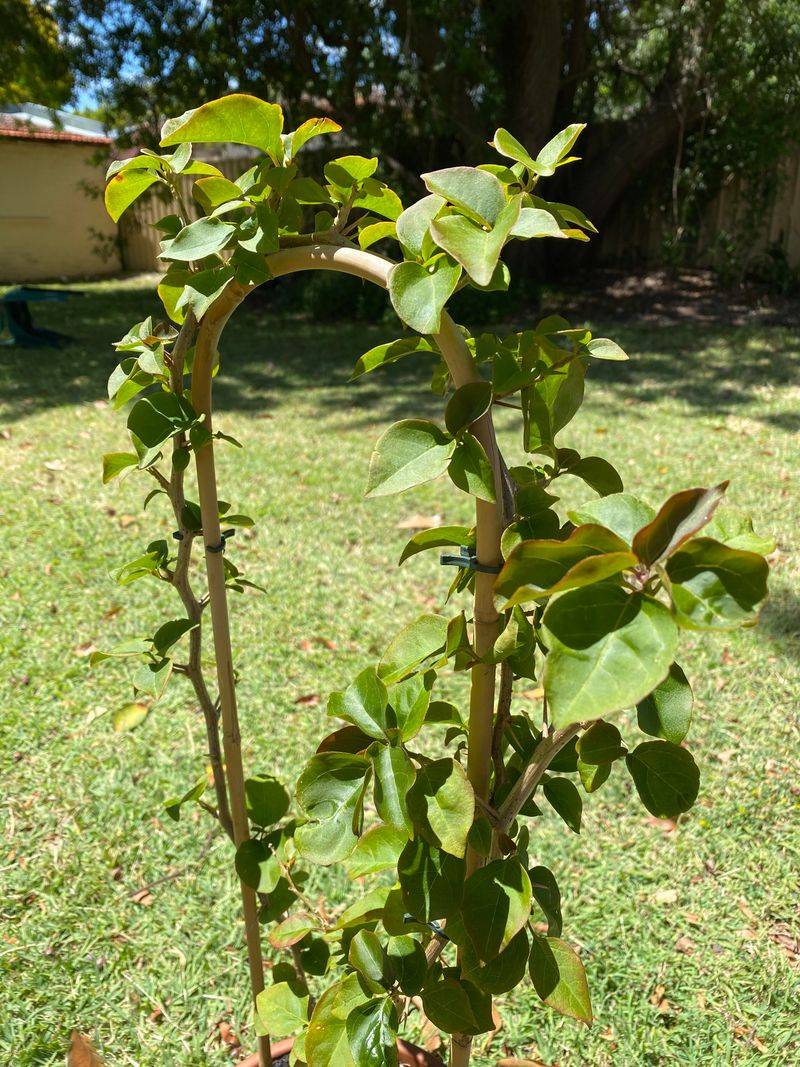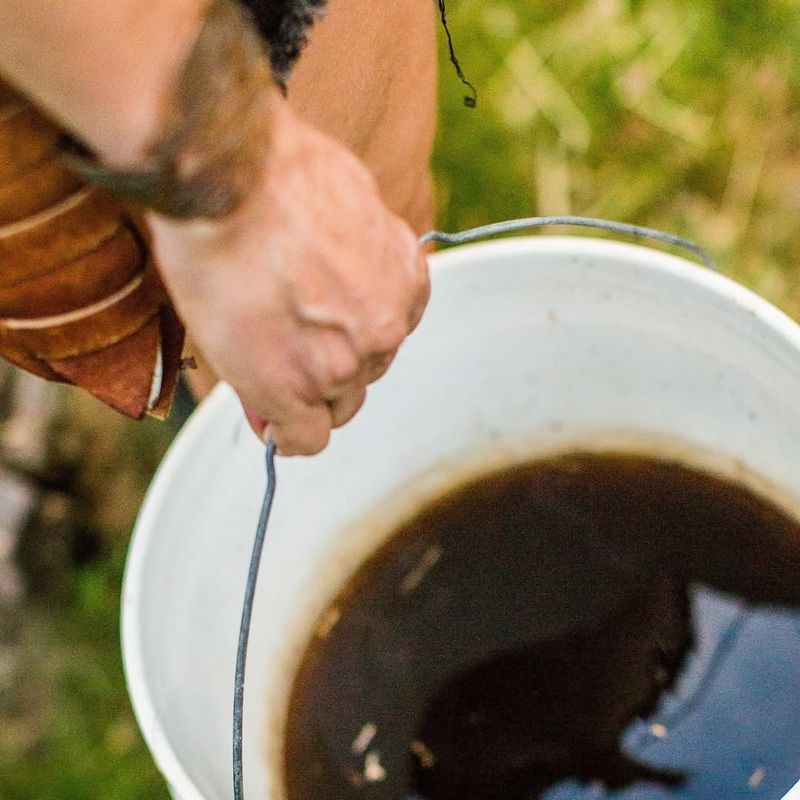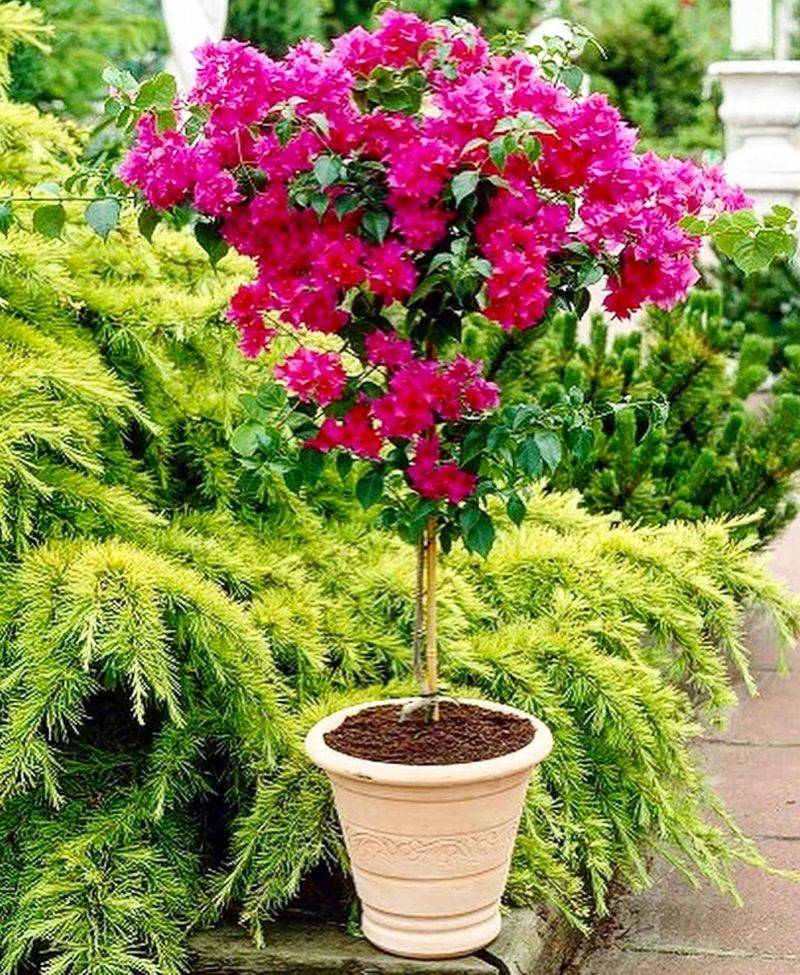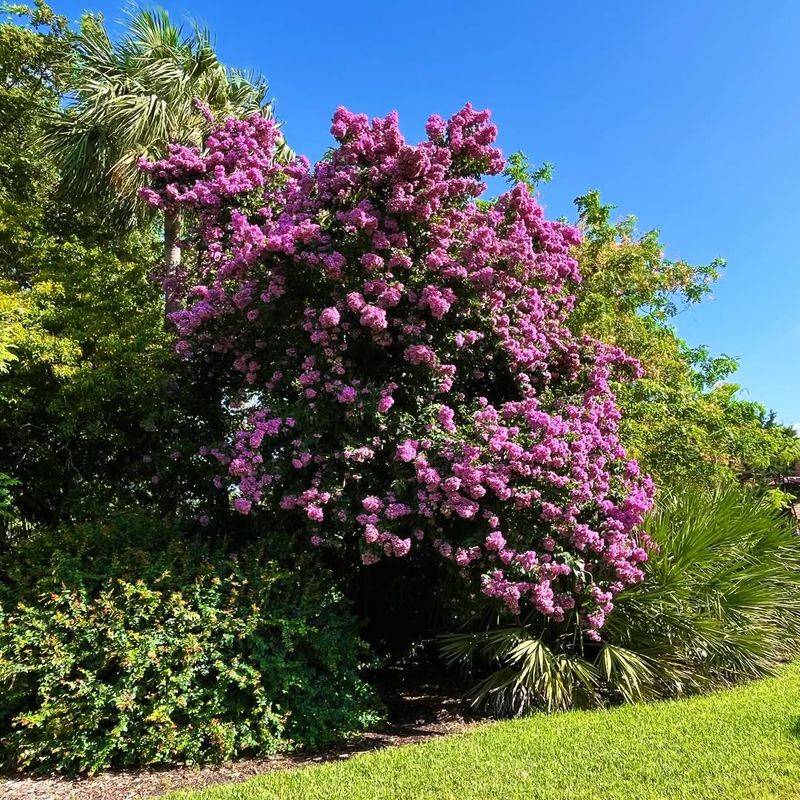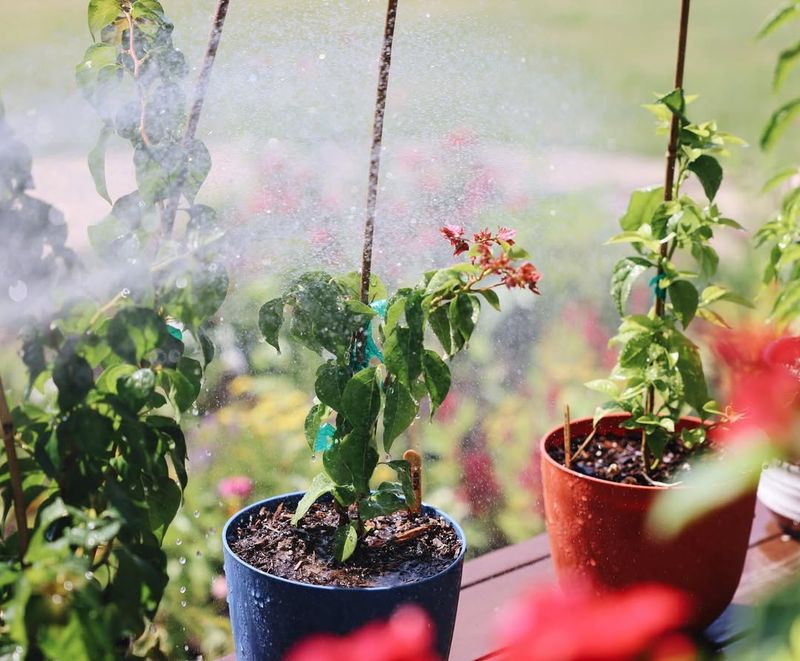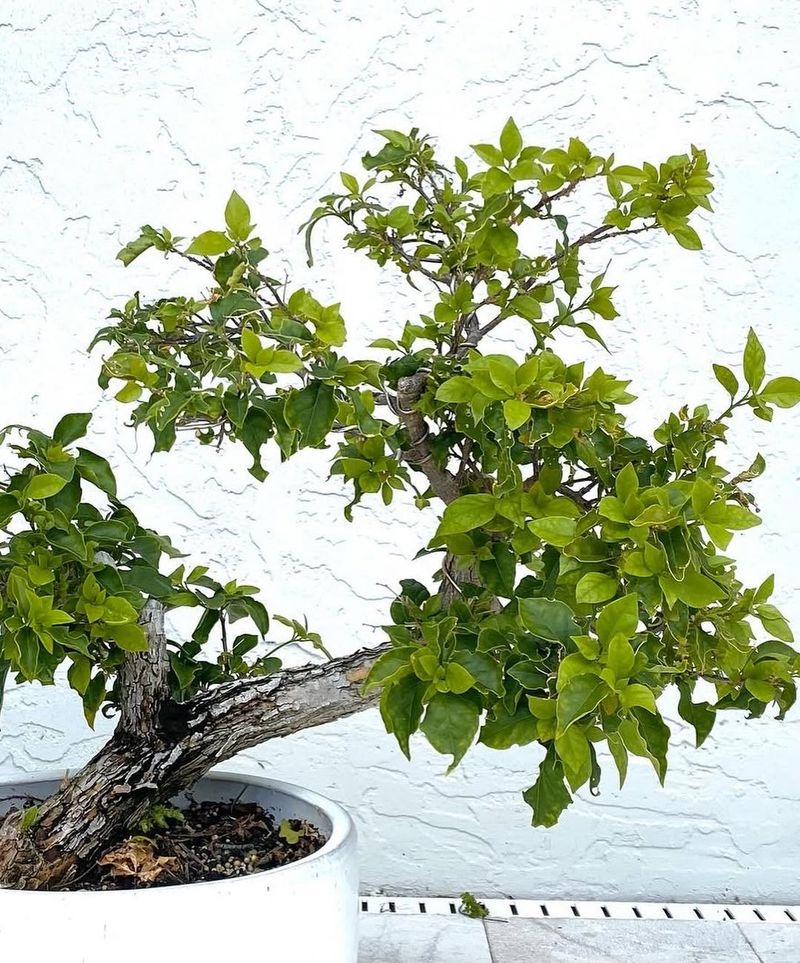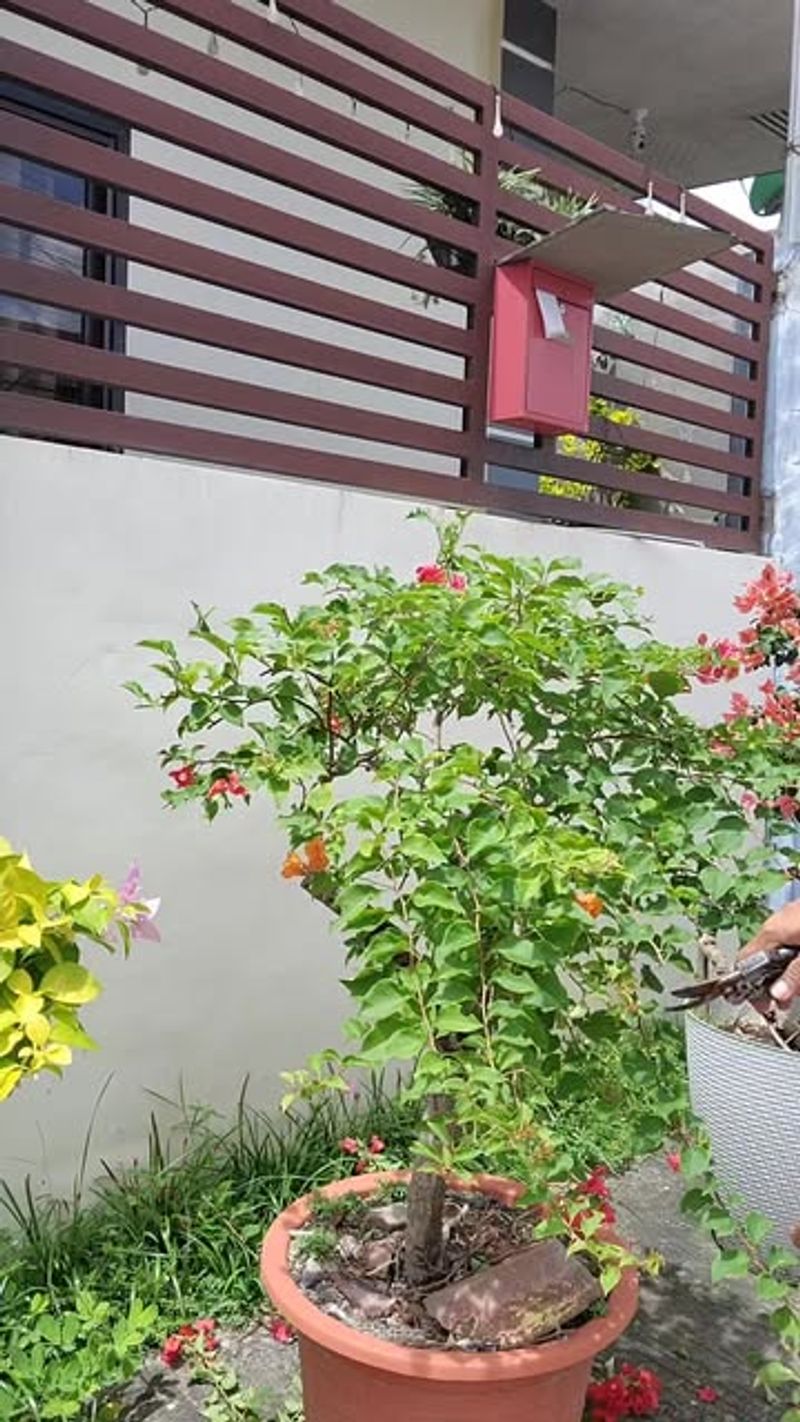Getting your bougainvillea to explode with color isn’t just about sunshine and good vibes—it’s about feeding it right. This vibrant climber loves a little tough love, and the secret sauce is all in the fertilizer. With the right nutrients at the right time, you can transform a leafy vine into a breathtaking wall of blooms.
Whether it’s in a pot or planted in the ground, bougainvillea thrives on a smart, consistent feeding routine. Skip the guesswork and get ready to unlock a riot of color that’ll make your garden the envy of the block. Let’s dive into the art of fueling those colorful dreams.
1. Understanding Bougainvillea’s Nutritional Needs
To ensure a flamboyant display, plants demand a balanced diet of nutrients. Bougainvillea, in particular, relies heavily on key players like nitrogen, phosphorus, and potassium.
Each of these elements plays a unique role in the plant’s life. Nitrogen fortifies growth, phosphorus fuels the flowering, and potassium boosts overall health. Understanding these needs helps gardeners cater to their bougainvillea’s appetite, ensuring vibrant blooms.
2. Choosing The Right Fertilizer
Strolling down the fertilizer aisle can be dizzying. For bougainvillea, selecting the right fertilizer is akin to choosing the perfect diet. Look for formulations rich in phosphorus, as it’s the secret sauce for abundant blooms.
A high phosphorus feed ensures the plant doesn’t just exist but thrives in vibrant glory. Avoid high-nitrogen mixes, lest you end up with a lush leaf monster rather than a flowering delight.
Picking a balanced fertilizer means less guesswork and more time enjoying your plant’s colorful show. Flourishing foliage and stunning flowers await the wise fertilizer chooser.
3. NPK Ratio – What Works Best For Bougainvillea
When it comes to bougainvillea, the NPK ratio isn’t just numbers but a recipe for floral success. The secret? A low-nitrogen, high-phosphorus blend.
This combination encourages flowering over foliage growth, ensuring your plant spends less time showing off its greens and more time dazzling with flowers. Think of it as your plant’s secret menu for vibrant blooms.
While nitrogen has its place, too much can lead to a leafy takeover, leaving flowers in the shadows. Thus, a mindful choice of NPK ratio can transform your bougainvillea into a floral masterpiece.
4. Granular Vs. Liquid Fertilizers
In the world of fertilizers, granules and liquids each have their charm. Granular fertilizers, with their slow-release nature, provide a steady diet for your bougainvillea.
They’re the tortoises of the fertilizer race, ensuring longevity and sustained nutrition. Liquid fertilizers, the hares, offer quick absorption, perfect for an instant nutrient boost.
Both have their place in a gardener’s toolkit, each serving the bougainvillea’s needs in different ways. Whether you prefer the slow and steady or the quick and energetic, the right choice can keep your plant flourishing and happy.
5. How Often To Fertilize Bougainvillea
Timing is everything, especially in the garden. Bougainvillea appreciates a thoughtful fertilizing schedule. During its active growth phase, typically in spring and summer, this plant enjoys regular feeding every 4-6 weeks.
Come autumn, the frequency should taper off. As winter approaches and growth slows, it’s wise to let nature take its course. Fertilizing too much during dormancy may leave your plant overwhelmed.
By aligning your fertilizing efforts with the seasons, you ensure your bougainvillea remains a vibrant staple in your garden. Seasonally-appropriate care keeps the flowers coming.
6. Fertilizing During Different Growth Stages
From a tender sprout to a flowering beauty, bougainvillea’s needs evolve. During initial planting, a gentle touch with a balanced fertilizer is best.
As it grows, shifting to a high-phosphorus mix can promote blooming. Each stage demands attention and adjustment, ensuring your plant feels pampered. Keeping pace with its development, the right fertilization strategy at each phase guarantees a robust, flower-laden bougainvillea.
This approach helps the plant transition smoothly from growth to blossom, making sure its vibrant display is uninterrupted. The journey from sprout to bloom is an adventure.
7. How To Apply Fertilizer To Potted Bougainvillea
Container gardening has its quirks. For potted bougainvillea, proper fertilization is crucial. Start by choosing a water-soluble fertilizer, mixing it at half-strength to prevent overfeeding.
Gently pour the mixture over the soil, allowing it to soak through. Ensure your pot has excellent drainage to prevent waterlogged roots. Too much of a good thing can drown rather than nourish.
With each feed, you’re serving up a nutrient cocktail tailored to your plant’s needs. This routine keeps your potted pride and joy thriving, turning every pot into a floral paradise.
8. Fertilizing Bougainvillea In The Ground
Rooted firmly in the earth, in-ground bougainvillea requires a different touch. Start with soil preparation; loosen it up and mix in organic matter to enrich the base.
Fertilizing every 4-6 weeks during the growing season helps keep your plant in top shape. Apply the fertilizer evenly around the base, steering clear of the trunk to avoid burnout.
This method ensures nutrients reach the roots where they’re needed most. A consistent fertilizing routine grants your garden spectacle an endless parade of colorful blooms. Ground-bound bougainvillea deserves tailored care.
9. Signs Your Bougainvillea Needs Fertilizer
Plants have a way of communicating their needs. Yellowing leaves and lackluster flowers are bougainvillea’s cries for help. When blooms are sparse and leaves lose their luster, it might be time for a nutrient boost.
Fertilizer is the remedy for these silent signals. By listening to your plant and observing changes, you can diagnose and address deficiencies promptly.
Ensuring your bougainvillea doesn’t miss its nutritional needs keeps it flourishing. These visual cues are its way of saying, ‘Feed me, please!’ Responding in time ensures ongoing vibrancy.
10. Common Fertilizing Mistakes To Avoid
In the enthusiasm to nurture, it’s easy to overdo it. Over-fertilizing is a common misstep that can harm your bougainvillea more than help it. Symptoms like burnt leaf tips and stunted growth are red flags.
Using the wrong fertilizer type can also steer growth in an unwelcome direction. Avoid these pitfalls by following recommended guidelines and using products suited for your plant.
A little caution goes a long way in preventing these errors. By treading carefully, you ensure your bougainvillea gets just the right amount of love and nutrients.
11. Organic Fertilizer Options For Bougainvillea
Going organic offers a natural touch. Bougainvillea can thrive with organic fertilizers like compost tea, bone meal, and fish emulsion. These options enrich the soil, nourish the plant, and keep chemical exposure minimal.
Organic methods not only support plant health but also contribute to a sustainable environment. The earthy goodness of natural fertilizers provides a wholesome meal for your bougainvillea.
Choosing organic means embracing a greener approach, benefiting both your garden and the planet. Gardeners opting for organic will find their plants just as vibrant and their conscience lighter.
12. Supplemental Nutrients And Micronutrients
Beyond the basics, bougainvillea benefits from secondary nutrients and micronutrients. Calcium and magnesium support strong cell structure, while iron and zinc contribute to chlorophyll production and overall plant health.
These added nutrients play a crucial role in the plant’s vitality, often making the difference between good and spectacular growth. Incorporating them ensures your bougainvillea doesn’t just survive but thrives.
13. The Role Of Iron And Magnesium In Bougainvillea Health
These micronutrients are unsung heroes in the world of plant care. Deficiencies can lead to chlorosis, where leaves turn yellow while veins remain green. Addressing this with targeted fertilizers helps restore vibrancy.
Magnesium aids in photosynthesis, while iron is crucial for chlorophyll synthesis. These nutrients are vital for a lush, green backdrop to your bougainvillea’s flowers.
Keeping an eye on leaf color can guide you in tweaking your fertilization routine. Providing these micronutrients ensures your plant doesn’t miss out on essential support.
14. Watering And Fertilizer – Timing And Tips
Timing watering and fertilizing can be a careful dance. Moist soil ensures that nutrients are absorbed, reducing the risk of root burn. Watering before and after fertilization helps distribute nutrients evenly, encouraging robust growth.
This rhythm is key to maximizing fertilization benefits. By being mindful of moisture levels, you enhance nutrient uptake and promote healthy development. This synergy between water and fertilizer transforms your bougainvillea into a thriving spectacle.
15. When To Stop Fertilizing Before Dormancy
Understanding when to pause feeding is crucial for your plant’s lifecycle. As autumn winds down, it’s time to ease off the fertilizer. By late fall, allow your bougainvillea to enter its dormant phase naturally, without additional nutrients.
This rest period is essential, helping the plant conserve energy for future growth. Interrupting dormancy with late fertilizing can disrupt this cycle, leading to weaker growth come spring. By respecting this transition, you set the stage for a vibrant return.
16. Fertilizing After Pruning
After a trim, bougainvillea needs a little extra care. Pruning invigorates, and a light dose of fertilizer can support regrowth. Choose a balanced blend to help the plant bounce back and prepare for future blooms.
This post-pruning boost is like a spa day after a haircut, refreshing and revitalizing the plant. With the right nutrients, your bougainvillea recovers swiftly, ready to explode with new growth.
Ensuring your plant feels pampered after pruning encourages a lush, flower-filled return. This thoughtful care fosters a continuous cycle of flourishing beauty.

